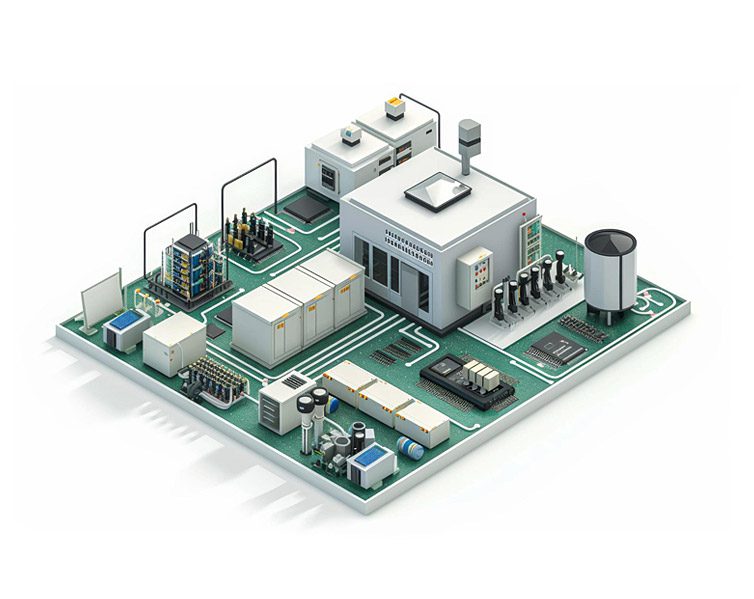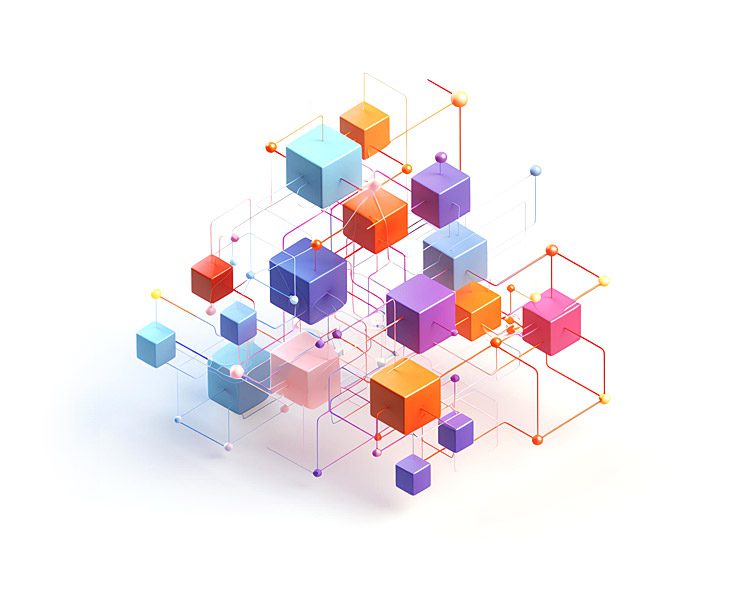
Industry overview
High tech companies are transitioning towards a more sustainable and circular approach, stepping away from the outdated "take, make, waste" model to embrace eco-friendly practices. According to the U.S. Bureau of Labor Statistics, STEM occupations are set to grow by 8% by 2029, significantly outpacing the average. However, a forecasted shortage indicates that millions of these jobs may remain unfilled, highlighting a critical need for talent in over 3.5 million positions by 2025. In the high-tech sector, building trust in products means ensuring they can adapt to evolving privacy and security regulations, safeguarding user data and rights. For high tech companies, maintaining trust in complex, multi-tiered, and multi-vendor supply chains is essential. This involves ensuring product compliance, ethical labor practices, and the authenticity of components and firmware to prevent counterfeit and security breaches.
Companies adept at addressing these global trends and challenges are poised for success over the next decade, leveraging business model innovation, process enhancement, and a strong focus on customer and employee experiences.
4 major industry trends
BILLION
Internet of Things devices by the year 2025
Of the top manufacturers will rely on digital platforms that enhance their investments in ecosystems and experiences
trillion
Value creation potential of manufacturers and suppliers implementing Industry 4.0 in 2025
How we can help
Thorough discovery and analysis phase to understand your specific business needs and challenges. Utilize technology as the base for application integration, extension, and access to a robust ecosystem, including AI solutions.
Leverage industry-leading business applications across both front-end and back-end systems.
Combine all elements to support customer-specific, end-to-end industry processes essential for digital transformation and operating as an intelligent and sustainable enterprise.






